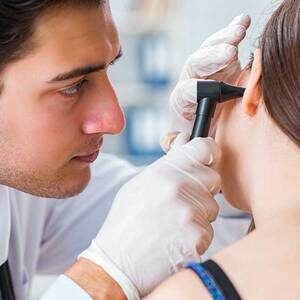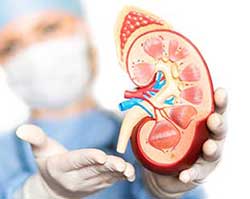Consult City's Top Doctors, The Minute You Need To
First Consultation starting
@ ₹249 ₹499
7998
Gynecologists
650225
Cases done
by Gynecologists
1877
Hospitals
Vulvovaginal ulceration and inflammation: All You Need To Know
About
Sores that appear in the vulva are known as vulva ulcers.
Around 20 million people develop some type of genital ulcer each year. [1]
- Requires medical treatment
- Requires blood test, bacterial or viral swab test, urine test, and biopsy
- Happens only in women
Outer part of woman’s genitals is known as vulva. Vulvovaginal ulcers look like bump or rash. Vulva ulcers are classified into two types sexually acquired or non sexually acquired. Causes may include STIs, fungal infection, viral infection, inflammatory disease, bacterial infection, drug reaction, trauma, cancer, skin reaction, and another disease.
Symptoms:
- Looks like bumps or a rash
- Pain or discomfort
- Leaky fluids or discharge
- Painful or difficult urination
- Enlarged lymph nodes
- Fever and itchiness
Treatment
Treatment depends on the cause of ulcers. Some go on their own, but others require treatment like:
Self-care:
Home remedies like Epsom salt baths, cool compresses to the affected area, avoiding irritants such as harsh soaps, douches or tight-fitting clothes and applying ointments may be used to relieve pain and discomfort.
Medications:
Your doctor might prescribe you with antibiotic or antiviral medicine and also several therapies to get rid of the infection.
Specialists:
For a second opinion, you may connect with a doctor at mfine who would treat you with a holistic treatment program.
Other Specialities
Give a missed call to 08061914343 to Download the App
































